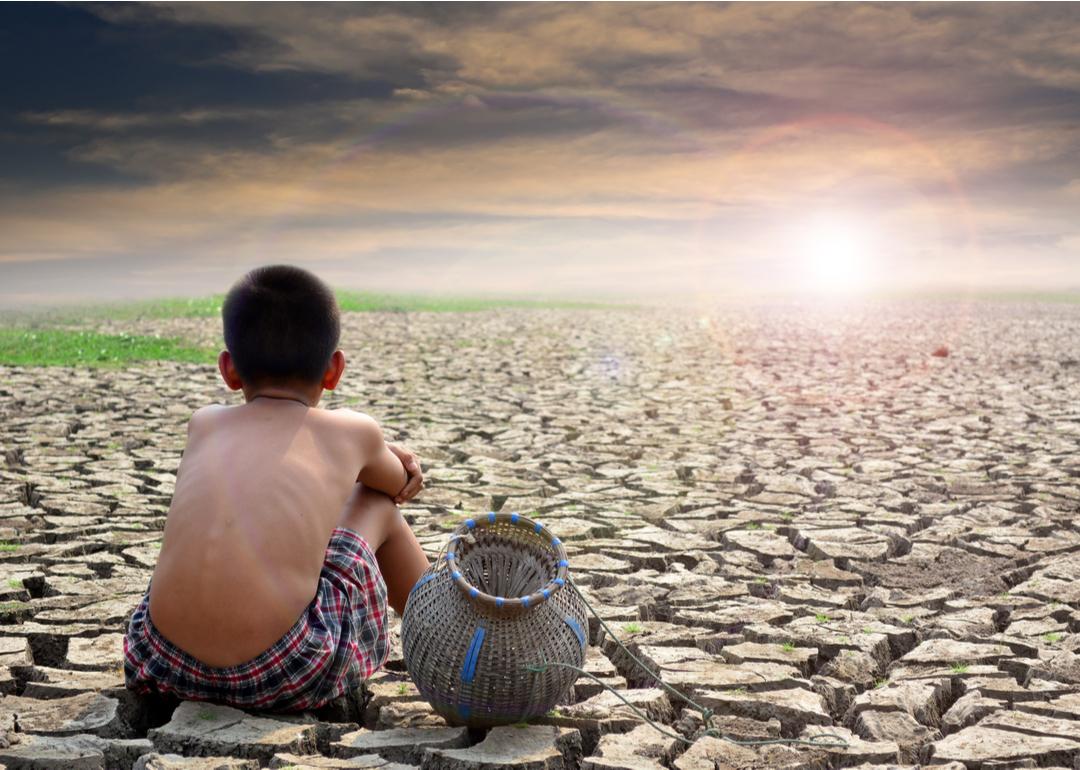
25 terms you should know to understand the climate change conversation
25 terms you should know to understand the climate change conversation
Almost daily, more headlines about climate change—how it exacerbates natural disasters, impacts tourism, threatens species with extinction, or creates cultural shifts due to sea level rise or drought impacts on local economies—hit the news media.
The Intergovernmental Panel on Climate Change's latest report, released on March 20, 2023, both summarizes the previous five years' findings and offers a renewed warning on the degree to which greenhouse gas emissions must be curbed if there is any hope of meeting the Paris Agreement's goal of capping global warming close to 1.5 degrees Celsius (2.7 degrees Fahrenheit). According to the report, "emissions need to be reduced by at least 43% by 2030 compared to 2019 levels, and at least 60% by 2035" to meet that target. And right now, that's looking like a lofty goal: There is a more than 50% chance that the 1.5-degree threshold will be reached, if not exceeded, by 2040.
As more of a spotlight is shone on these pressing issues, so, too, appear myriad associated buzzwords—from fossil fuels and carbon to biofuels and ozone. And as the climate change conversation becomes increasingly ubiquitous and complicated, it's helpful to grasp some of its most significant terms, starting with the definition of "climate change" itself.
Stacker compiled 25 terms related to climate change, their meanings, and their significance in the context of today's warming climate. This gallery is not inclusive (thousands of terms relate to the climate change discussion) but is meant as a starting point to better understand what is arguably shaping up to be the most pressing issue of the near—and distant—future.
At its most fundamental, climate change refers to new weather patterns sustained over time—decades to thousands or even millions of years—because of fluctuations in Earth's climate system which includes its atmosphere, biosphere, cryosphere, hydrosphere, and lithosphere. The planet has undergone many significant (and natural) climate changes over the past 4.5 billion years, including ice ages and global melts.
About 12,000 years ago, the climate reached stable temperatures hospitable to humans. The resulting farming and settling that occurred led to a need for fuel to power newly invented machines; people found it in coal. But as the coal burned, it released the carbon it held. Then came the oil industry in 1859, when Edwin L. Drake drilled the first oil well. All that burning of fossil fuels for industry and transportation—and methane from livestock and the burning of natural gas—has sent much higher levels of emissions into the atmosphere than ever before, fueling a period of global warming that is happening faster than at any time in the past 2,000 years.
After thousands of years with average temperatures barely fluctuating by more than a degree Celsius, many experts agree that the world will likely experience three degrees of warming by the end of this century. That's because, for the first time, we're seeing what civilization's effect on Earth's climate system is and how it affects all of us.
You may also like: Notable events in the history of Earth Day

Weather
Weather is the state of the atmosphere at any given time and place over a limited period—minute to minute, day to day, or week to week, for example. Weather can fluctuate wildly over the course of a month or year, and such fluctuations are becoming more frequent and more intense as global temperatures rise.
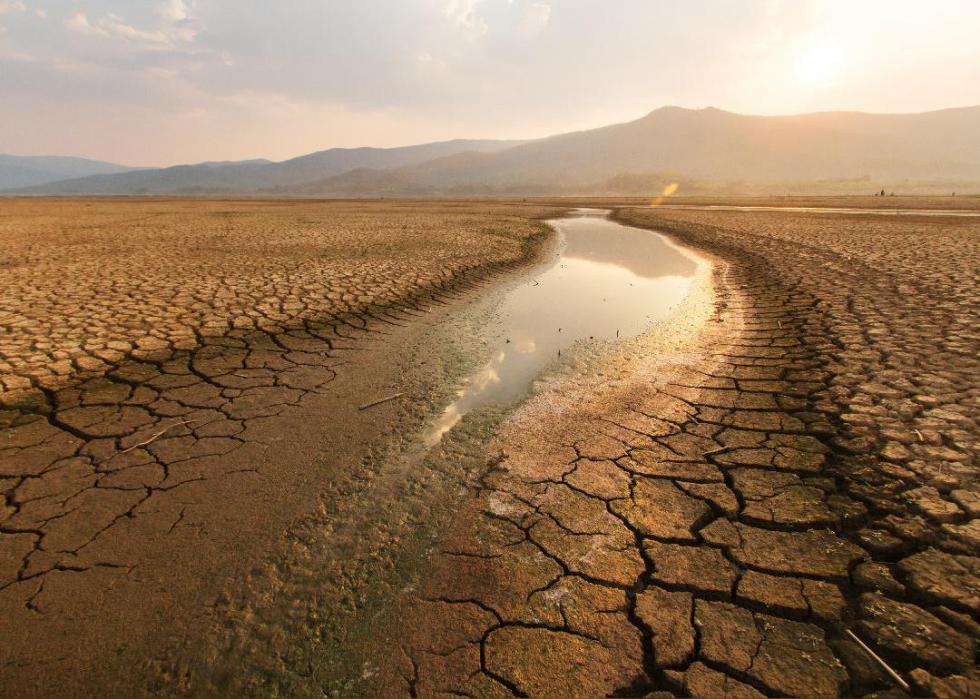
Climate
Climate refers to average weather patterns over long periods of time. Weather trends are indicative of larger climate patterns when the trends can be charted over at least a 30-year span.
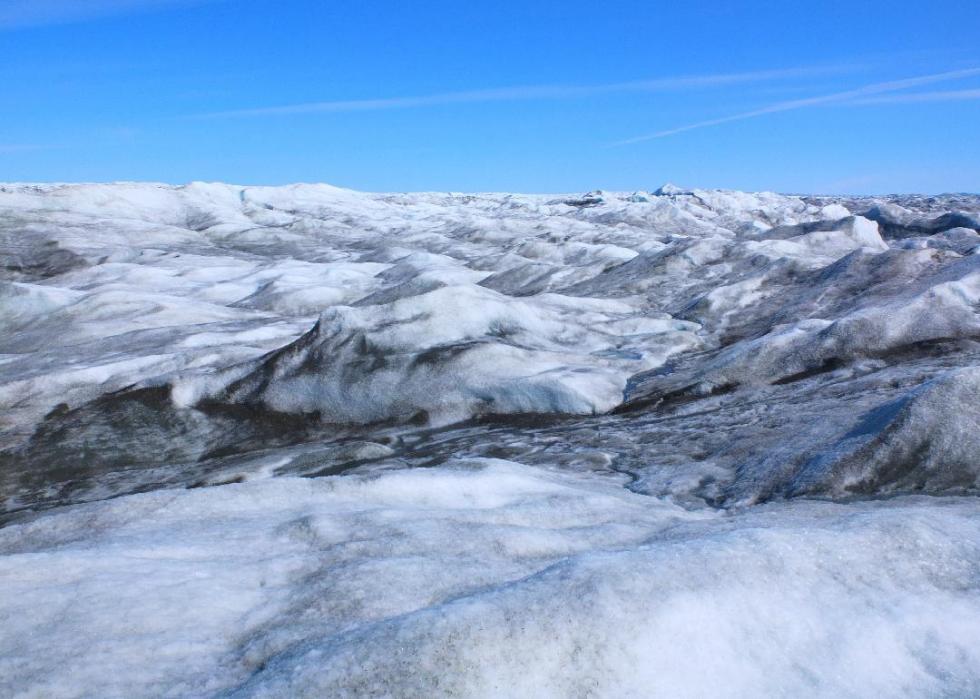
Ice sheet
Ice sheets are continental glaciers exceeding 50,000 square kilometers (about 20,000 square miles). In one 24-hour period in August 2019, Greenland's ice sheet lost 11 billion tons of ice. While it's normal for the ice sheet to lose some ice every summer (and regain some in the winter), 2019's melt season came almost a full month early and was exacerbated by record-high temperatures.
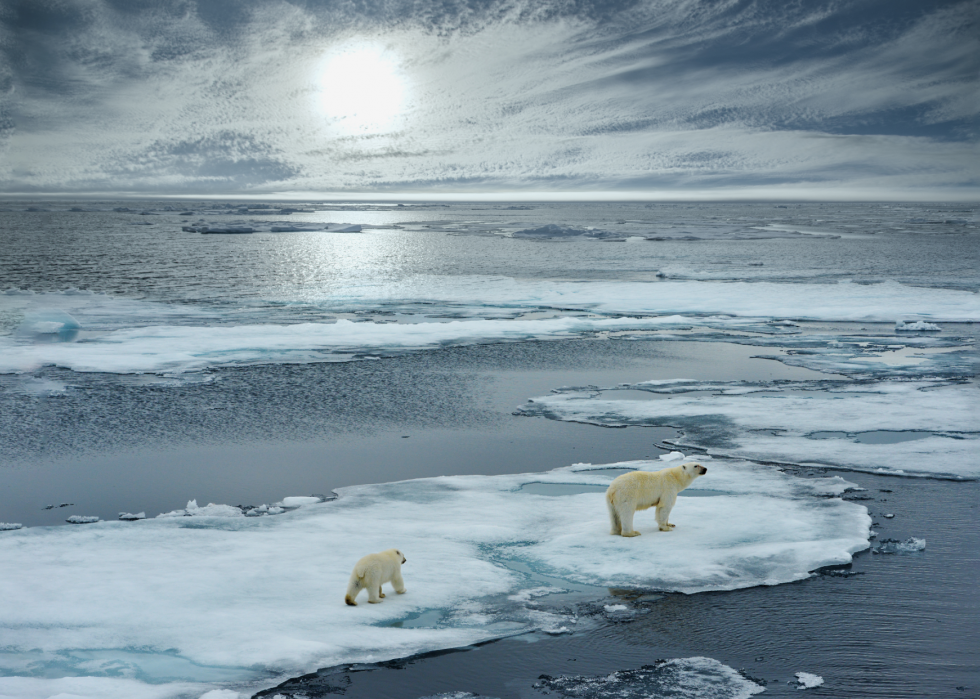
Global warming
Global warming, an increase in average global surface temperature over an extended period, is one aspect of climate change (the two terms should not be used interchangeably). Today's global warming is attributed to high emissions, including CO2, methane, and chlorofluorocarbons.
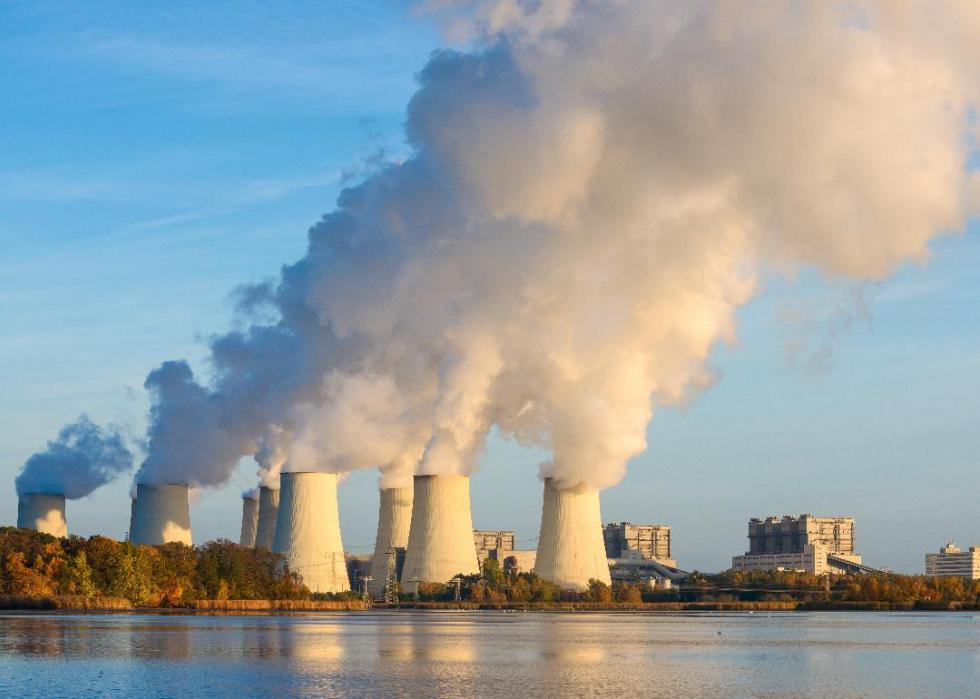
Carbon dioxide
The chemical compound carbon dioxide (one part carbon and two parts oxygen) is a gas produced by respiration and the burning of carbon and other organic compounds. Plants absorb CO2 during photosynthesis, making the gas a fundamental component of all life on Earth. CO2 traps heat radiating off Earth's surface in the atmosphere, making the planet habitable for plant and animal life to thrive.
Excessive CO2 in the atmosphere creates a "greenhouse effect" attributed to today's warming climate. By studying air bubbles trapped in ice, NASA scientists have confirmed that today's CO2 levels exceed CO2 levels of the past 400,000 years.
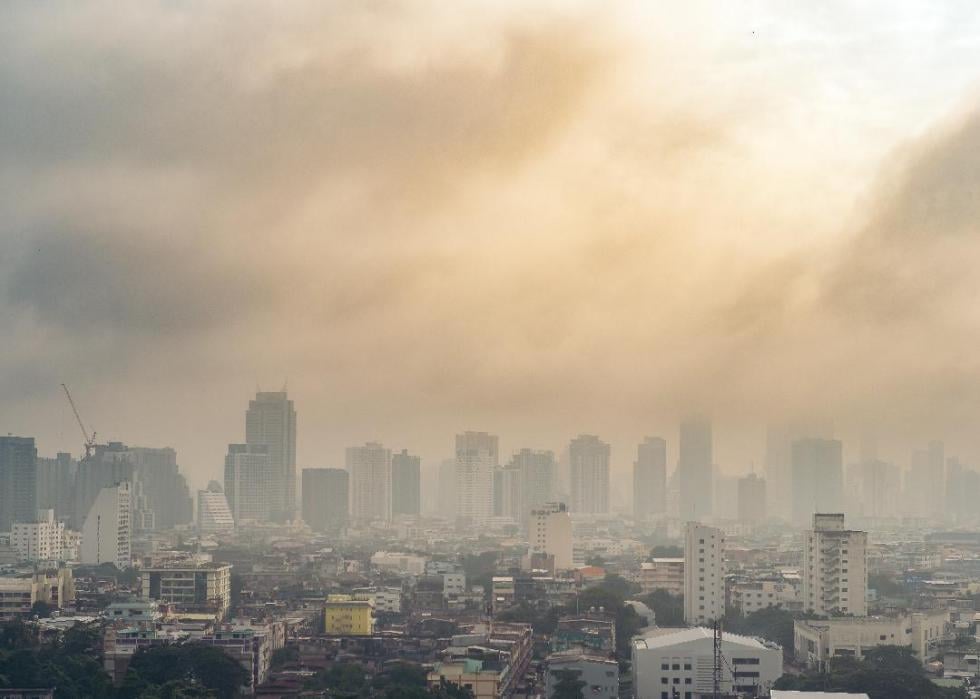
PPM
Parts per million, or ppm, is the mass ratio between a pollutant and the air, soil, water, bodily fluid, or other solution. The latest CO2 measurement by NASA in February 2023, for example, showed levels at 419 ppm. For reference, CO2 levels in various ice ages were roughly 200 ppm and 280 ppm during periods of a milder climate. CO2 levels in 2013 exceeded 400 ppm for the first time ever recorded; left unchecked, that ratio is expected to exceed 1,500 ppm and signal an uncharted climate never before inhabited by human life.
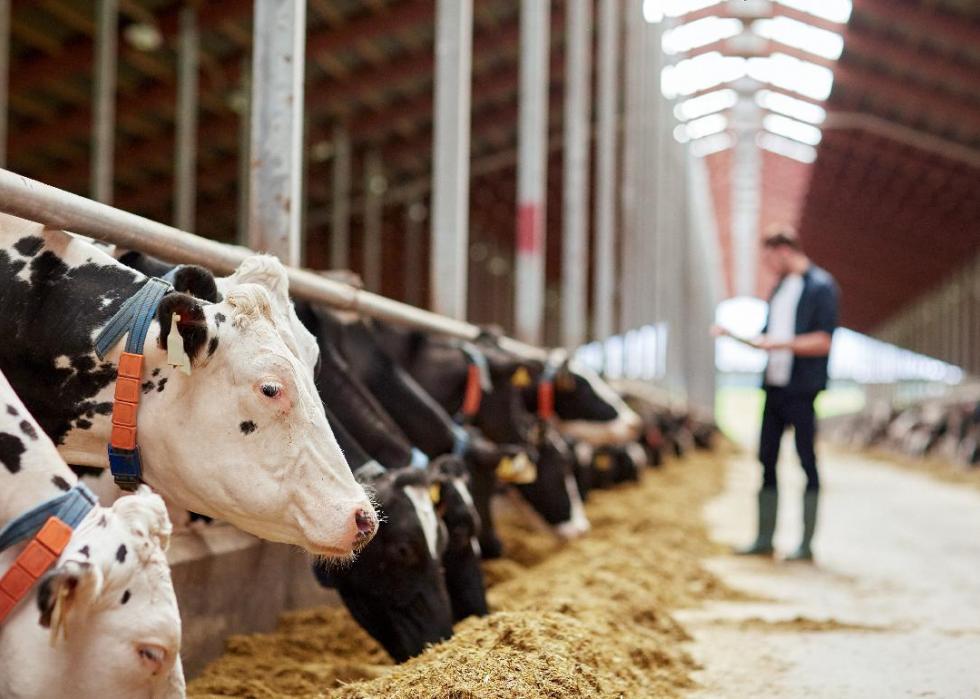
Methane
Methane is a natural gas comprising one carbon and four hydrogen atoms. It releases less CO2 than other fossil fuels when burned but is roughly 30 times as powerful as CO2 in trapping heat in the atmosphere, making it an even greater climate change threat.
The amount of methane released into the atmosphere has more than doubled in the past 250 years because of forest fires, natural gas fracking, and mass-produced cattle for meat, which accounts for 20% of global warming, according to Yale Environment 360.
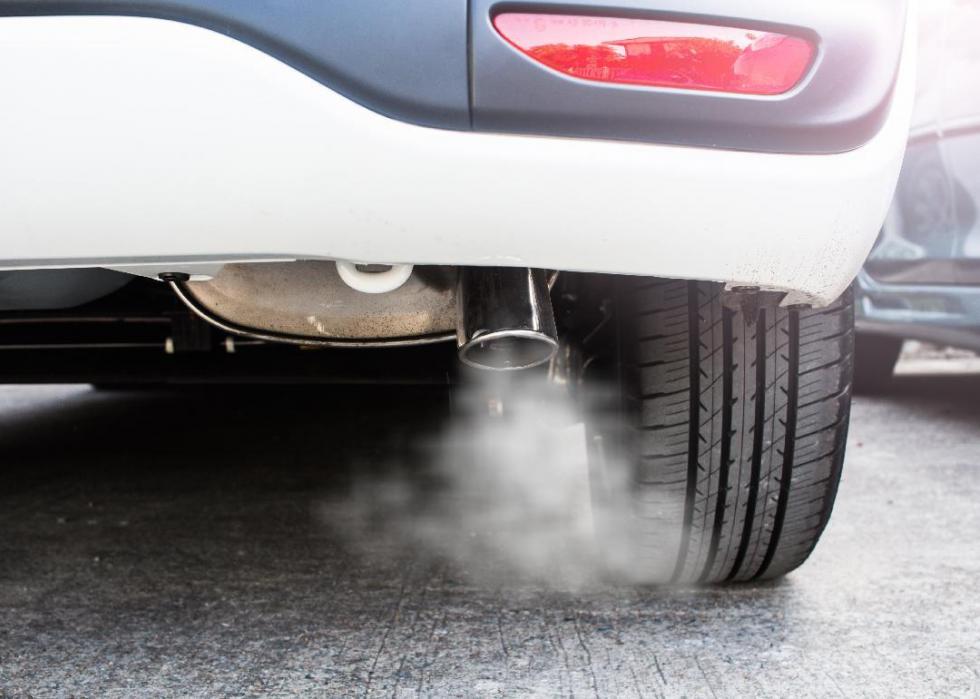
Emissions
Emissions refer to the expulsion of something—most commonly gases or radiation. When it comes to climate change, emissions might refer to smog over high-density cities like Los Angeles or greenhouse gases released by vehicles. President Joe Biden is seeking to switch American drivers from gas guzzlers to cars that run on electricity, combating climate change through the creation of cheaper electric vehicles, in addition to tax credits and rebates to incentivize the transition.

COP and UNFCCC
Conference of the Parties is the decision-making entity of the United Nations Framework Convention on Climate Change, an environmental treaty that took effect in May 1992. Annual meetings of the COP (begun in March 1995) negotiate the Kyoto Protocol, review the state of climate change and how countries are dealing with it, and decide to implement aspects of the convention. Today, every country in the world is part of the UNFCCC with the goal of drafting and meeting climate goals. A UNFCCC report in August 2019 outlined how various countries are reacting to its mandates and looked at the status of support for countries in achieving different climate goals, while a 2021 virtual meeting emphasized the need for swift action on the part of the world's governments.
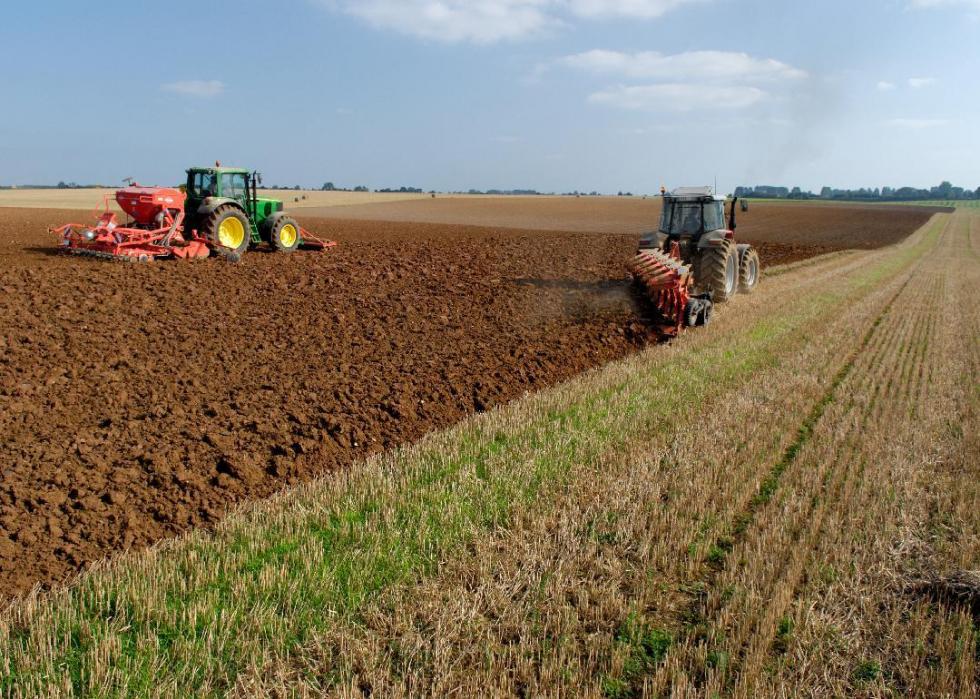
Tillage
Tillage refers to a variety of methods for preparing to plant crops, whether by turning over soil, raking it, or digging into topsoil. Because tillage disturbs the top layers of soil, tilling large swaths of land can decrease water absorption, subject topsoil to being blown or washed away by wind and rain, and disrupt a soil's ability to hold nutrients and microbes. Tillage and the use of fertilizers have been blamed for the loss of as much as a third of all arable land in the past 40 years, making past calamities like the Dust Bowl more likely in the future.
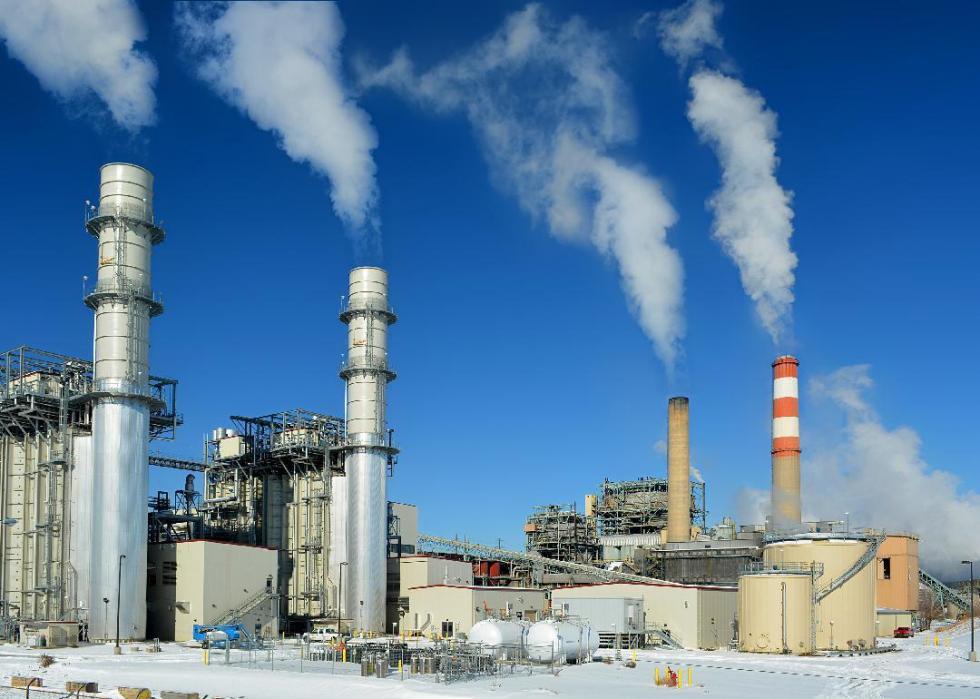
Fossil fuels
Fossil fuels are any natural fuels, such as coal, petroleum, and natural gas, made up of fossilized remnants of organisms that lived millions of years ago. Humans grew dependent on fossil fuels during the Industrial Revolution; fossil fuels today are found in 96% of everyday items, from plastics to heating fuel. Mining and drilling for fossil fuels—not to mention the act of burning them for fuel—send high levels of CO2 into the atmosphere, exacerbating global warming. Meanwhile, coal-fired power plants are responsible for up to 35% of mercury and two-thirds of sulfur dioxide emissions in the United States.
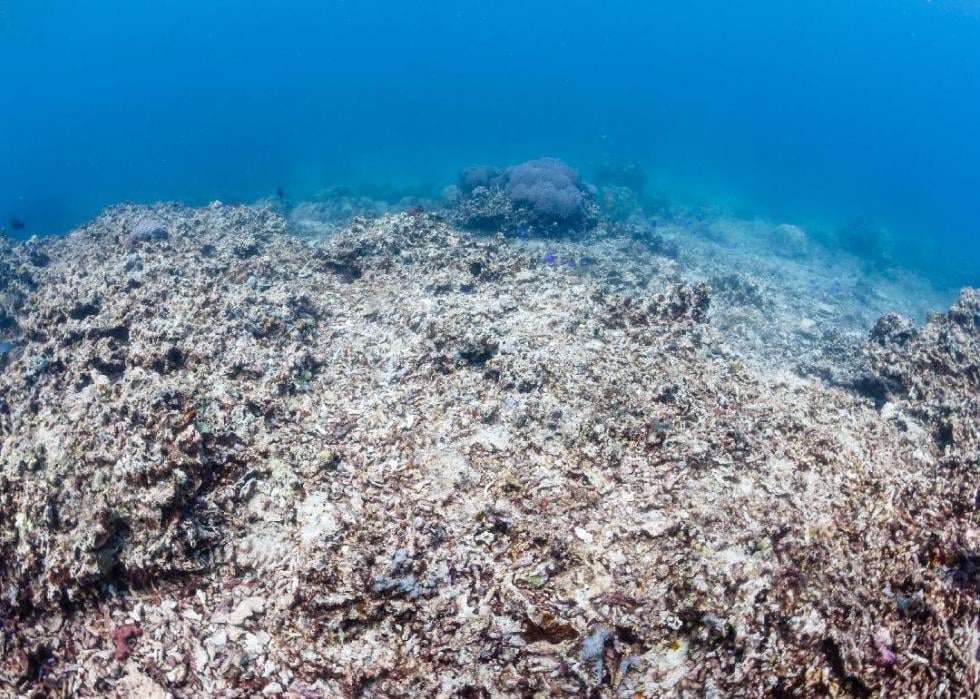
Ocean acidification
The ocean absorbs some 30% of the CO2 from the atmosphere; so increases in atmospheric CO2 lead to increases of CO2 in the ocean water. An excess of CO2 in the ocean leads to the lowering of pH in the water—meaning the water becomes more acidic. This is ocean acidification. This change in acidity can dissolve the shells or skeletons of marine life and make fish less capable of spotting predators. Scientists also believe ocean acidification will negatively affect popular seafood supplies, hurting ecosystems and economies around the world.
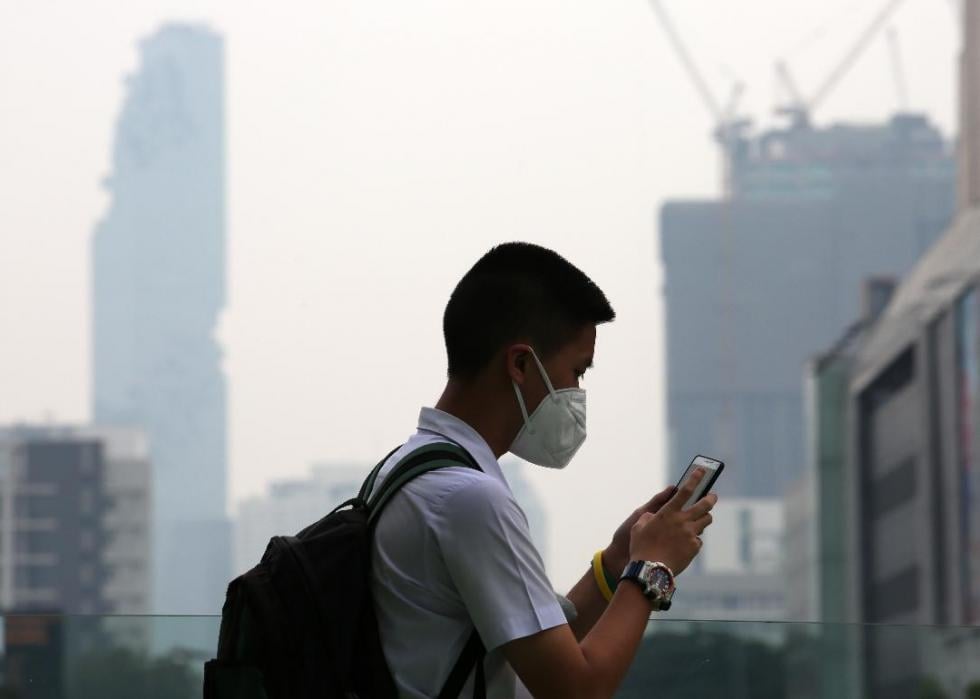
Particulate matter
Particulate matter refers to airborne pollutants that can be inhaled and negatively impact health. Think dust, smoke, soot, and microscopic drops of liquid. The two types that are typically monitored are PM-10 and PM 2.5. PM-10 includes aerosols that are 10 micrometers or less in diameter and PM-2.5 refers to finer particles no larger than 2.5 micrometers in diameter. PM-2.5 causes the biggest risk to humans as it can be inhaled deep into human lungs and even enter the bloodstream.
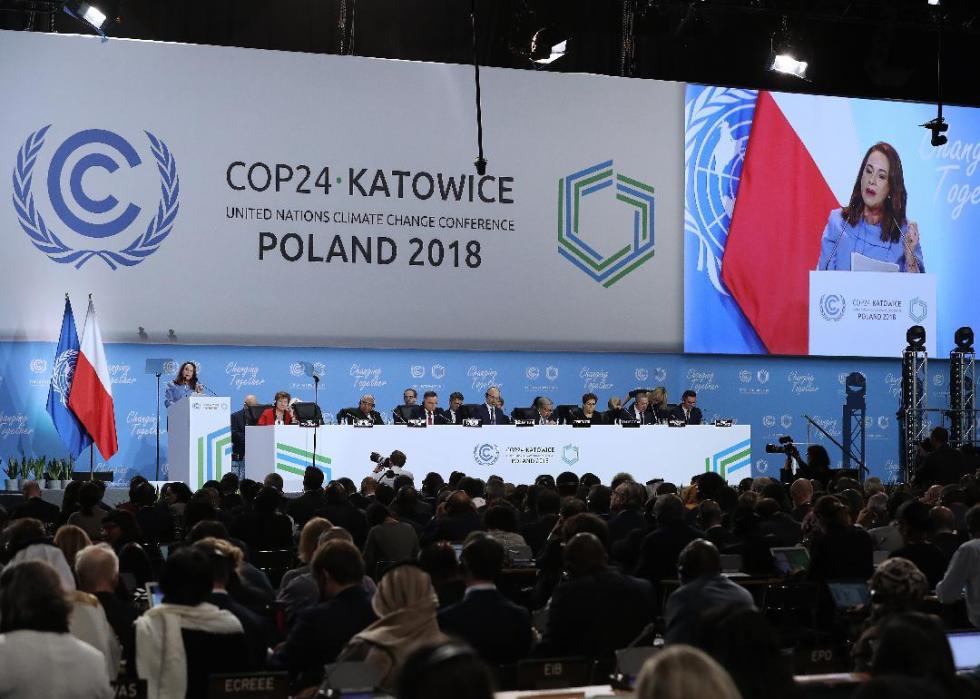
INDC
Intended nationally determined contributions, or INDCs, are an agreed-to lessening of greenhouse gas emissions under the United Nations Framework Convention on Climate Change (UNFCCC). Countries worldwide adopted such agreements at the UNFCCC Conference of the Parties in December 2015 in Paris, specifically looking at actionable climate goals under the Intended Nationally Determined Contributions. These goals dovetail with already-arrived-at goals of the Paris Agreement, including reaching net-zero emissions before 2100 and keeping the global average temperature from rising 2 degrees Celsius.
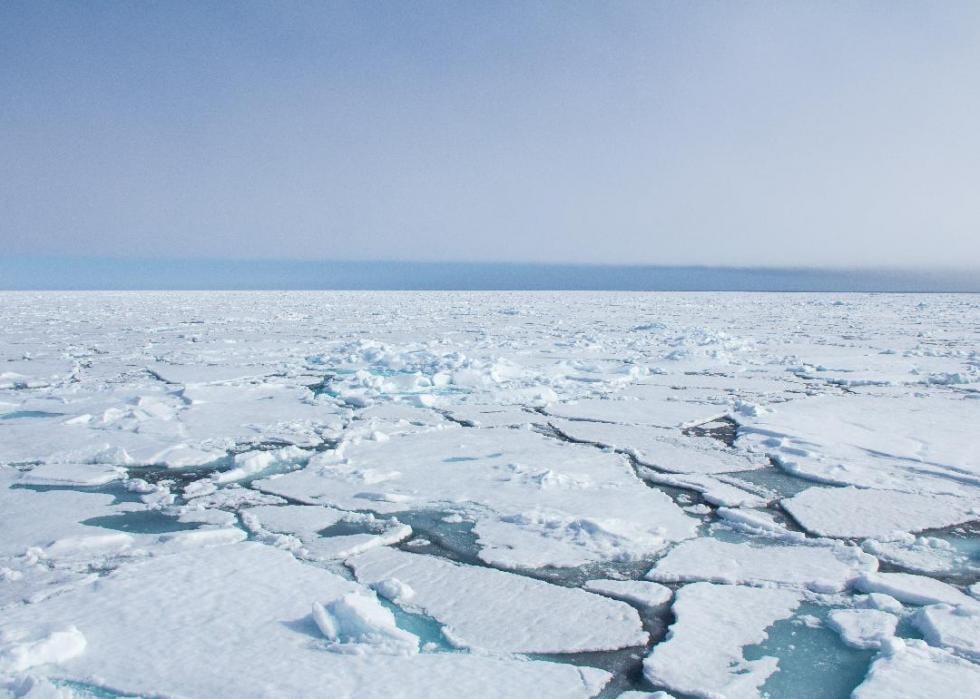
Sea ice
Sea ice is frozen ocean water that floats on the ocean's surface. How much area it covers fluctuates throughout the year. In Antarctica, it has the greatest extent in September and the smallest in February. The start of 2023 represented the lowest levels of sea ice on record for that time of year.

IPCC
The Intergovernmental Panel on Climate Change (IPCC) is an intergovernmental body of the United Nations, dedicated to providing the world with an objective, scientific view of climate change; its natural, political, and economic impacts and risks; and possible response options.
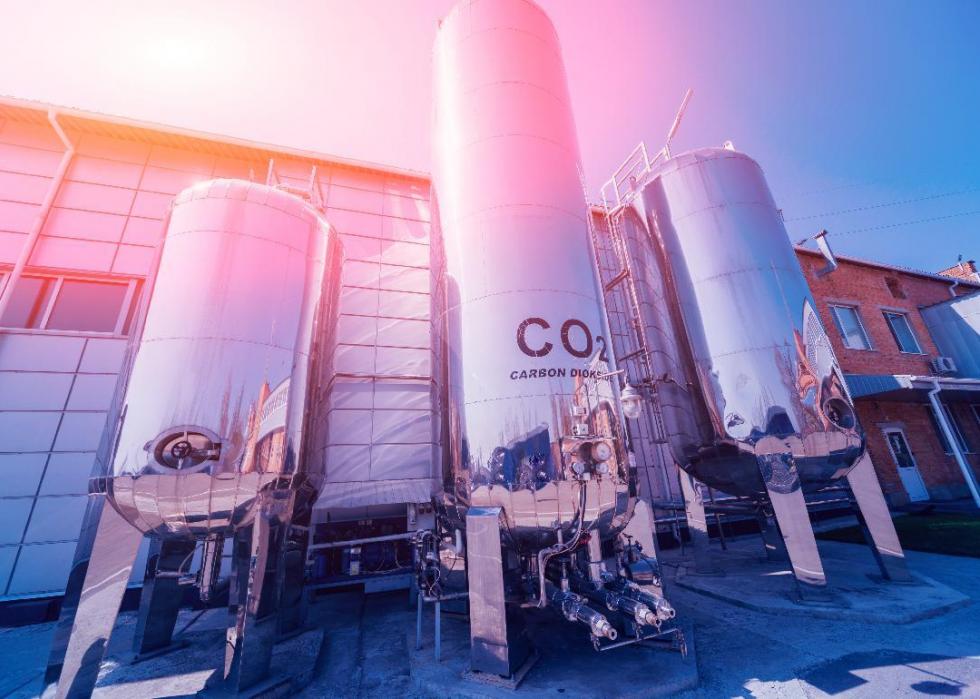
Greenhouse gas
Greenhouse gases are gases that trap heat in Earth's atmosphere creating a "greenhouse" warming effect. The primary greenhouse gases in the atmosphere are water vapor, CO2, methane, nitrous oxide, and ozone.
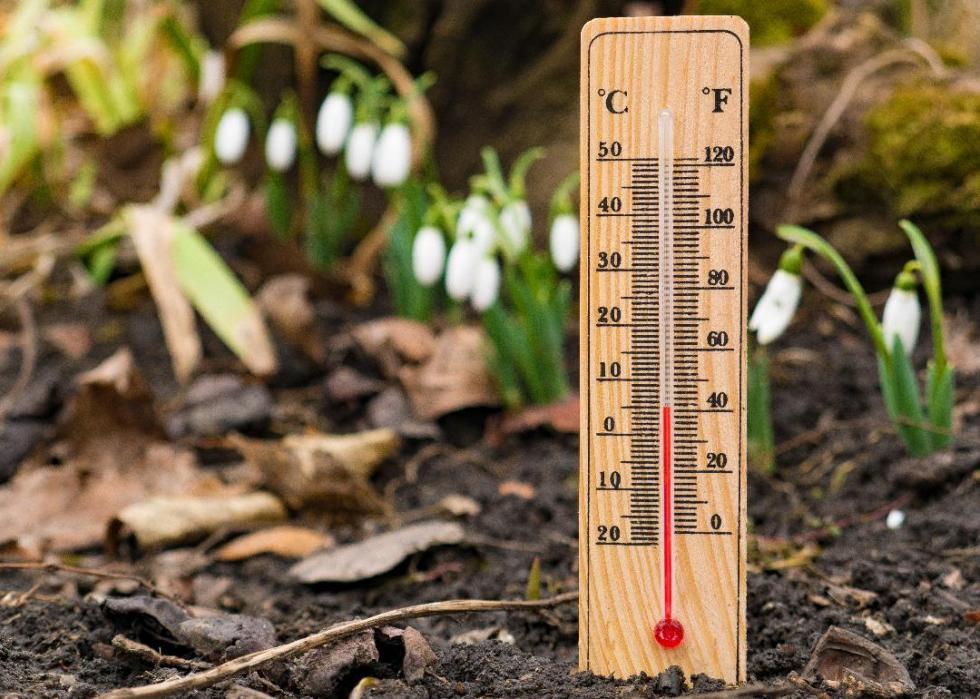
Global average temperature
NASA's Goddard Institute for Space Studies data show that the Earth's global temperature has increased since 1880 by about 2 degrees Fahrenheit, or a little more than 1 degree Celsius. Global average temperatures in 2017 rose 1.62 degrees Fahrenheit (0.9 degrees Celsius) above the 1951 to 1980 mean. The global mean surface air temperature for that period was estimated at 57 F (14 C), according to GISS. That means the planet's average temperature has increased by about 0.8° Celsius (1.4° Fahrenheit) since 1880, according to the surface temperature in 2017 at 58.62 F (14.9 C) and according to GISS's ongoing temperature analysis.
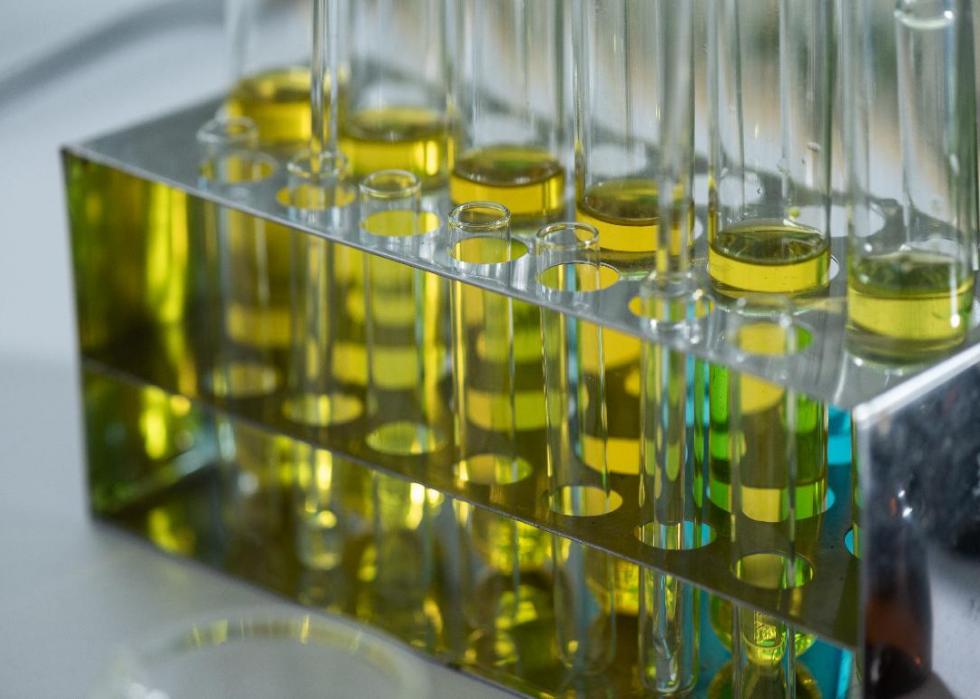
Biofuels
Biofuels are produced from biomass—plant matter, algae, and animal waste, for example—rather than by the slow geological processes involved in the formation of fossil fuels, such as oil. Liquid biofuels can help meet transportation fuel needs. In April 2021, the U.S. Department of Energy announced a $61.4 million initiative for technologies producing low-cost and low-carbon biofuels, which will help get America to a net-zero emissions economy by 2050.
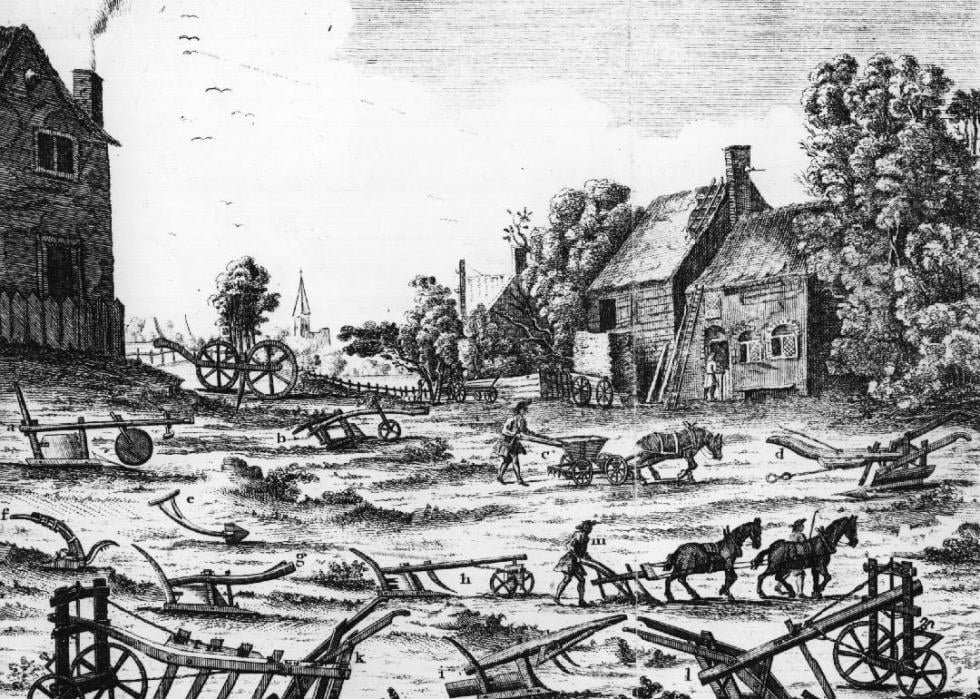
Pre-industrial levels of CO2
Pre-industrial levels of CO2 refer to the CO2 concentration in the atmosphere before the Industrial Revolution. Scientists estimate these pre-industrial levels were about 280 PPM, well below where we are today. Today, atmospheric CO2 levels are at their highest point in more than 800,000 years.
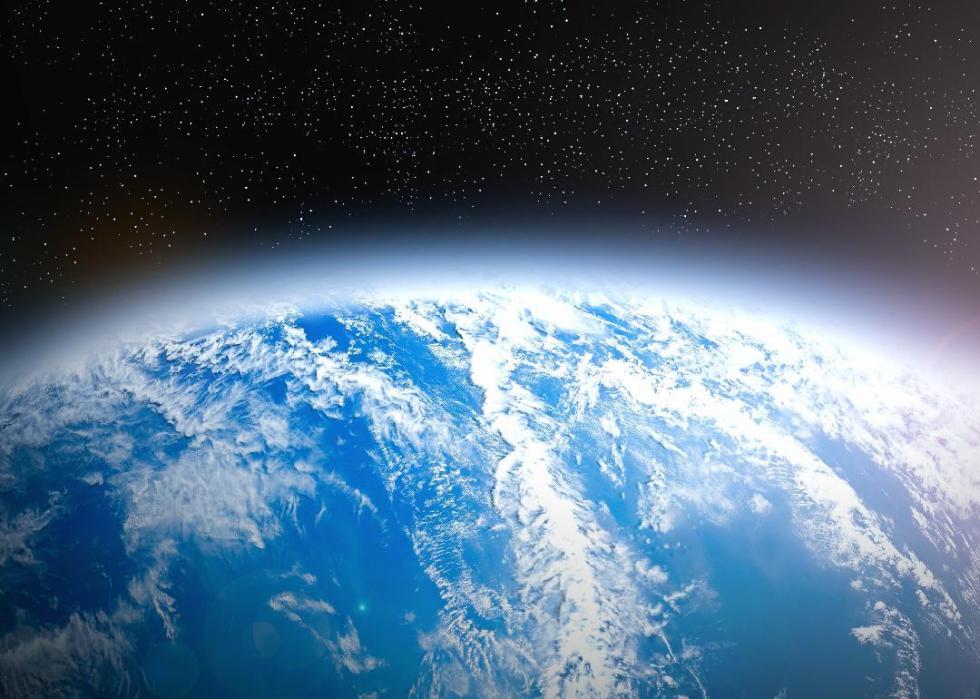
Ozone
Ozone in the Earth's stratosphere keeps living things on the planet safe from radiation associated with health problems like skin cancer. The use of products like aerosols has been shown to deplete this gaseous layer, which inspired the signing of the Montreal Protocol, a global agreement to gradually stop the use of products that negatively affect the ozone layer.
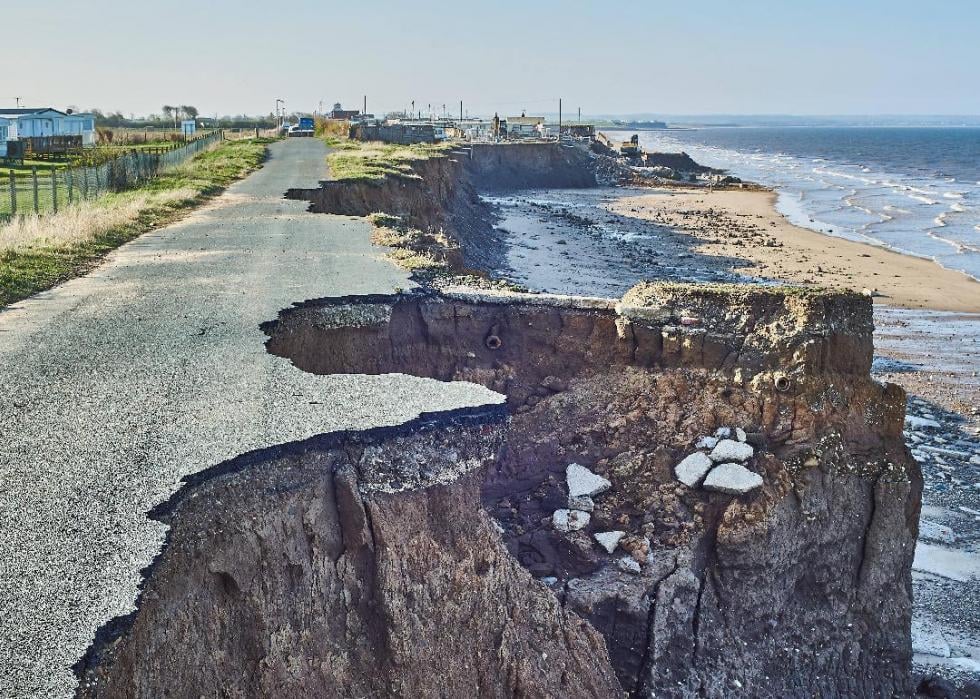
Sea level rise
As global temperatures rise, so too does sea level—glacial ice melts adding more volume to the ocean and the ocean water expands as it warms. Global sea levels are rising by about 3.3 millimeters per year—30% more per year than in the early 1990s. Close to 40% of the U.S. population lives in highly populated coastal areas, putting almost half of Americans and their homes at risk from erosion, flooding, and storms—all exacerbated by global warming. Cities like Miami already are bracing for an anticipated sea-level rise of more than 6 feet by 2100, which would put the south Florida counties of Monroe, Miami-Dade, and most of Broward underwater.
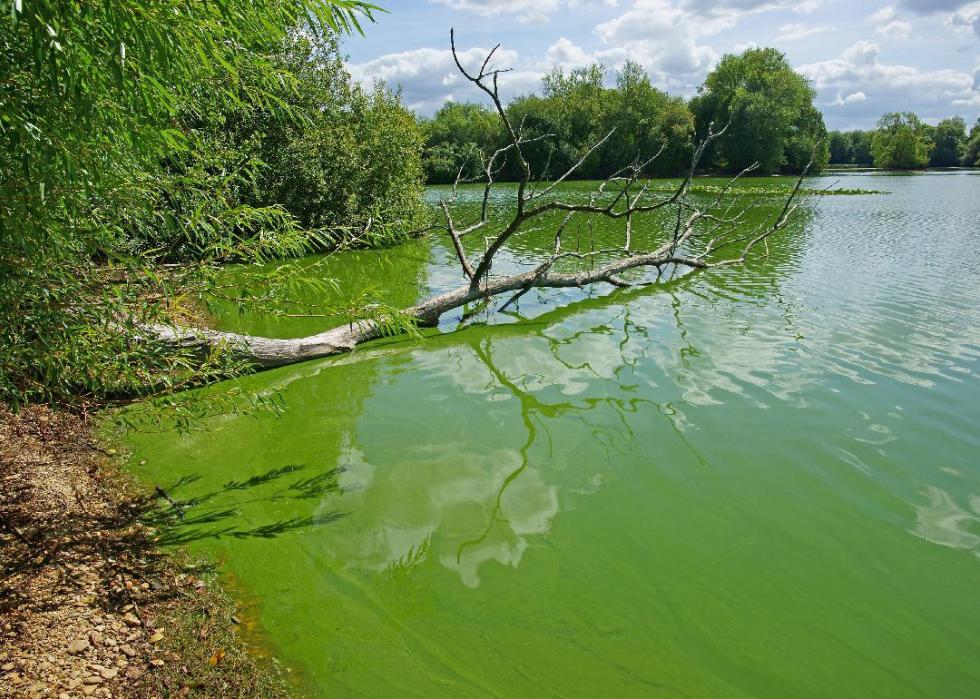
Algal bloom
Harmful algal blooms are spikes in algae in waterways that can be spotted by the discoloration of the water it inhabits and its prevalence along shorelines. They can be toxic to animals and suck the oxygen out of the water, killing fish and other marine life.
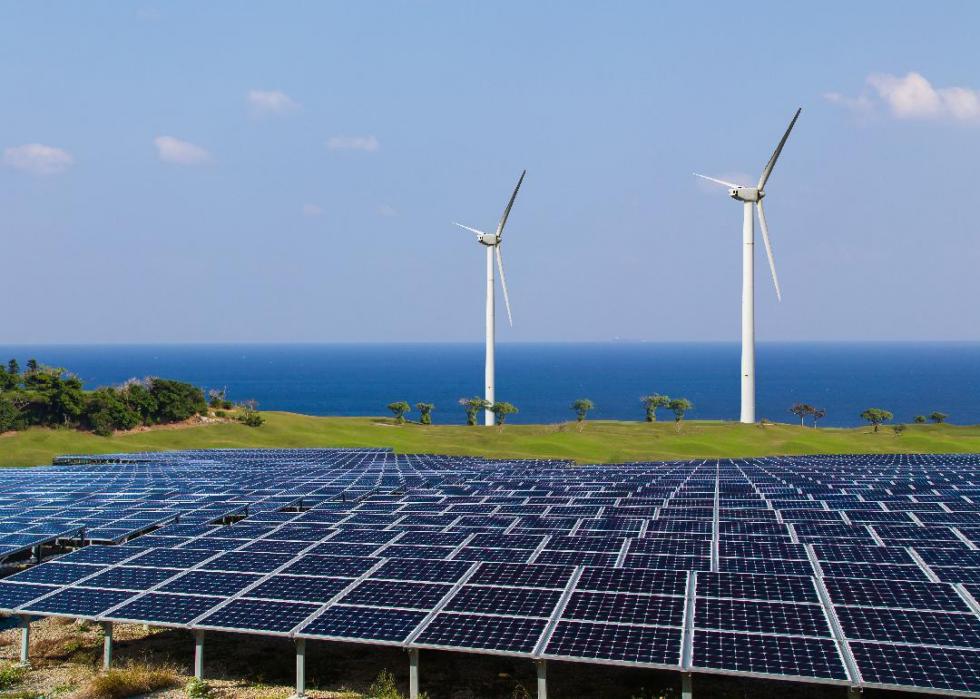
Renewable energy
Just like it sounds like, renewable energy is energy generated from renewable resources, such as the sun, geothermal heat, rain, tides, or wind. Renewables are the fastest-growing source of energy in the U.S., increasing 90% from 2000 to 2020, and accounted for more than 20% of the net U.S. electricity generation in 2018. President Biden's infrastructure plan makes renewables a key component of America's energy economy.
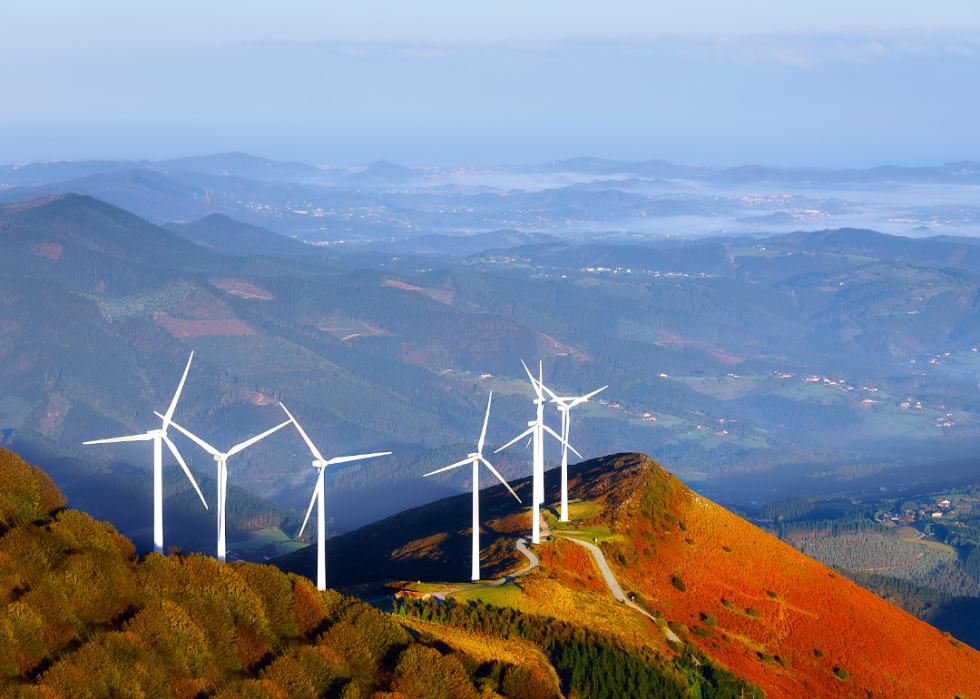
Mitigation
Mitigation is done to reduce the intensity of something; in the case of climate change, this could be anything from planting trees to decrease levels of CO2 in the atmosphere to harnessing renewable energies to decrease humans' reliance on fossil fuels. In August 2019, the cities of Austin, Texas, and Seattle, Washington, passed ordinances designed to mitigate climate change. Seattle established its own iteration of the Green New Deal and Austin declared a climate change emergency.



